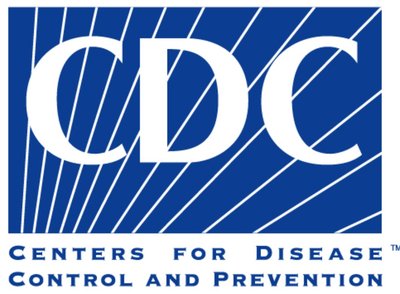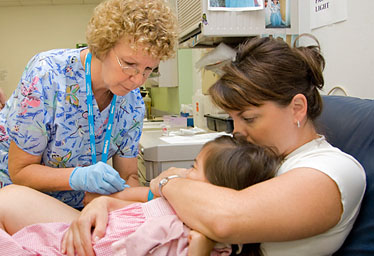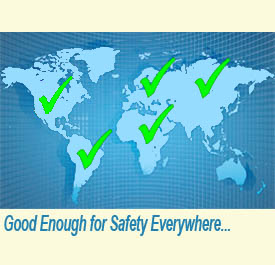Solutions
The FDA Alert [1992] recommended that design features provide protection before, during, and after use, and after disposal.
—Jim Ramsay, Ph.D., M.A., Embry-Riddle University, Homeland Security
 Occupational exposures to bloodborne pathogens as a result of injuries from needles and other sharp objects are an important public health concern. It is estimated that hospital-based healthcare personnel sustain 385,000 sharps injuries annually in the United States. Numerous risk factors and prevention strategies have been identified and implemented in order to reduce sharps injuries in healthcare settings. One notable prevention milestone was the passage of the Needlestick Safety and Prevention Act in 2001. In response to this Act, OSHA revised the Bloodborne Pathogens Standard, 29 CFR 1910.1030. The revised standard clarifies the need for employers to select safer needle devices and to involve frontline employees in identifying and choosing these devices. The updated Standard also requires employers to maintain a log of injuries from contaminated sharps.
Occupational exposures to bloodborne pathogens as a result of injuries from needles and other sharp objects are an important public health concern. It is estimated that hospital-based healthcare personnel sustain 385,000 sharps injuries annually in the United States. Numerous risk factors and prevention strategies have been identified and implemented in order to reduce sharps injuries in healthcare settings. One notable prevention milestone was the passage of the Needlestick Safety and Prevention Act in 2001. In response to this Act, OSHA revised the Bloodborne Pathogens Standard, 29 CFR 1910.1030. The revised standard clarifies the need for employers to select safer needle devices and to involve frontline employees in identifying and choosing these devices. The updated Standard also requires employers to maintain a log of injuries from contaminated sharps.
The U.S. Centers for Disease Control and Prevention (CDC) convened a National Sharps Injury Prevention Meeting on September 12, 2005, in Atlanta, Georgia. The purpose of this meeting was to review sharps injury prevention efforts (particularly since the passage of the Needlestick Safety and Prevention Act in 2001); identify gaps in prevention efforts; and assist CDC in creating a national action plan for eliminating sharps injuries in the United States. Nearly forty representatives from federal and state agencies, healthcare professional associations, healthcare facilities, medical device manufacturers, and other key stakeholder groups participated in the meeting. The meeting was funded by the CDC Foundation through an unrestricted education grant from the Safety Institute, Premier Inc.
INFANTS & NEEDLES - DANGEROUS BLOOD DRAWS
This video shows the dangers of doing blood draws on infants and young children. The poor design of the butterfly-style blood drawing device creates situations where the sharp must be released in order to insert the sample tube, which could result in a needlestick to the heathcare worker.
NEEDLE MANUFACTURER'S DANGEROUS DEMO
This manufacturer's video shows the sharp being released several times during a butterfly device draw. This is a violation of both common sense and OSHA guidelines because of the danger of a needlestick to the healthcare worker, especially when performed on a squirming infant.

